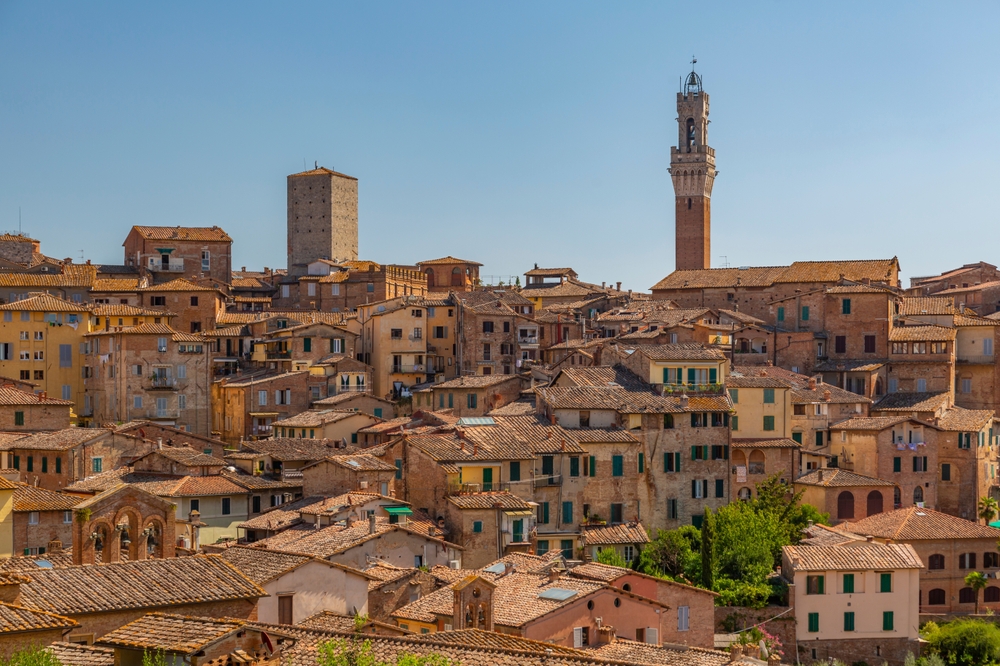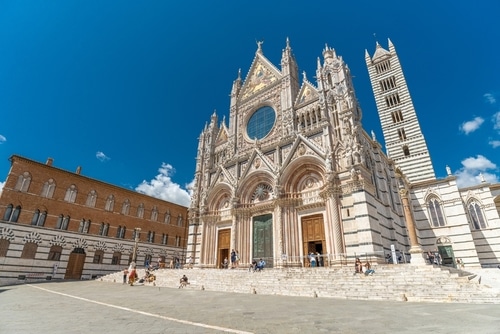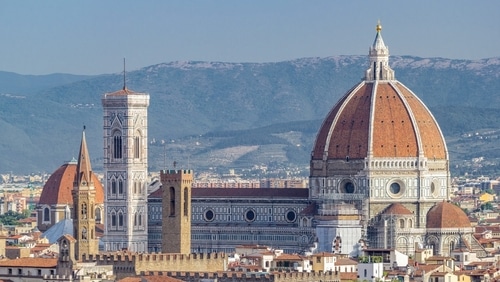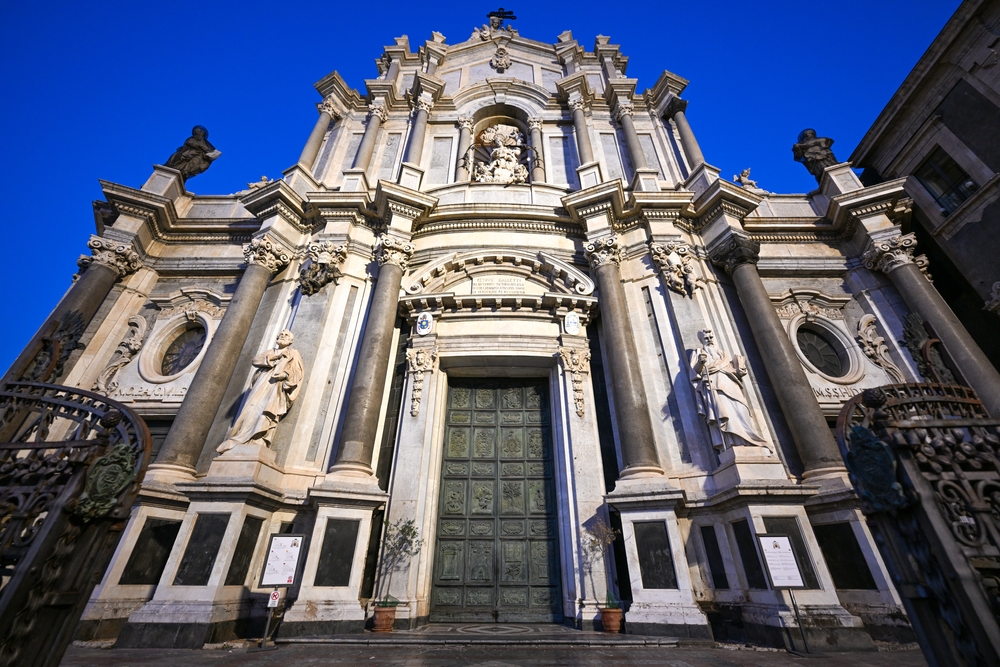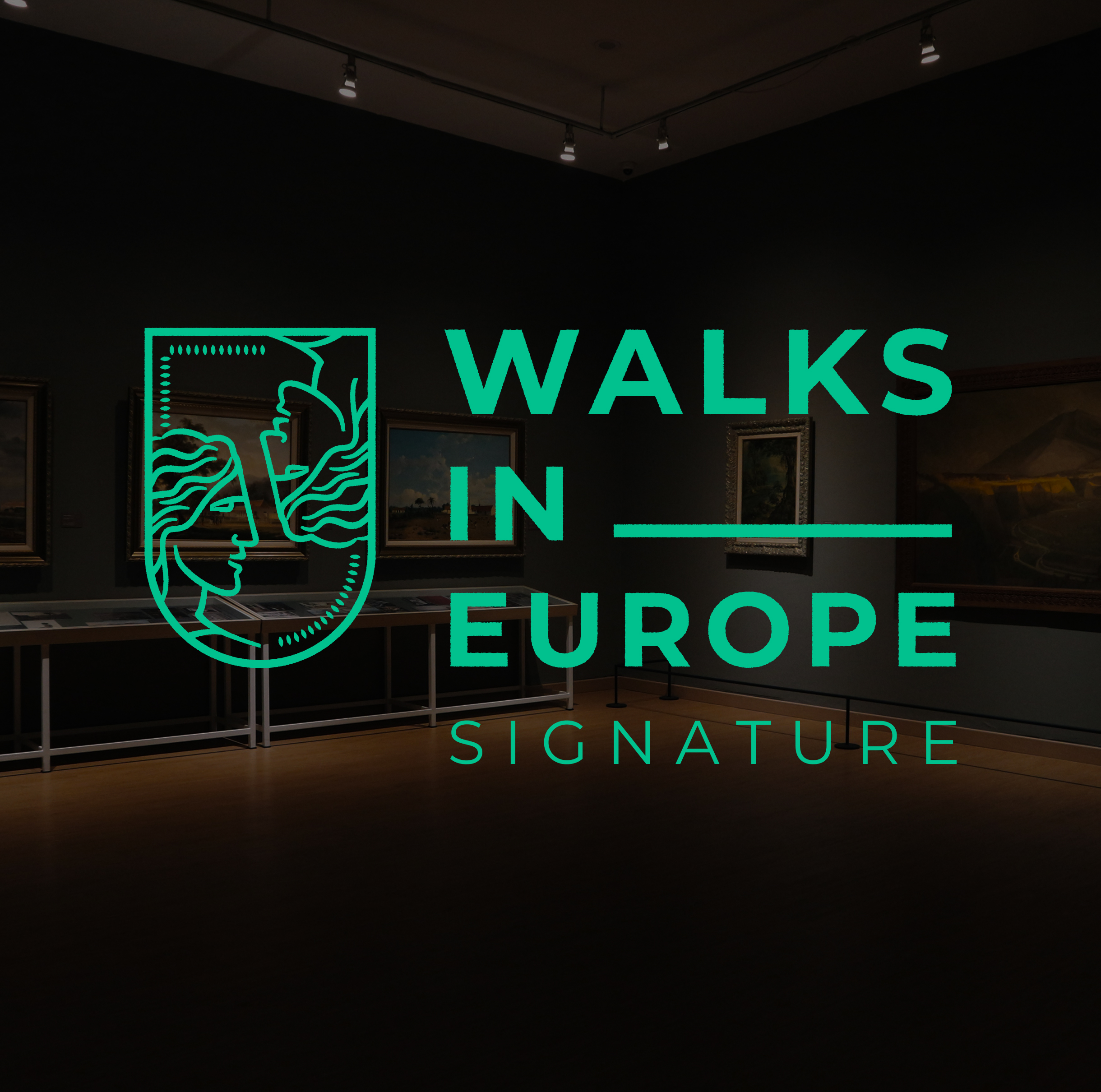Perched gracefully on the hills of Tuscany, Siena is a city where history isn’t locked in museums—it’s etched into every brick, piazza, and marble façade. From its medieval walls to the artistry inside its cathedral, Siena feels like a perfectly preserved time capsule. Its cobbled streets and Gothic architecture reveal a proud past that still influences the city’s traditions today. Whether you are a history lover or a curious traveler, here are five fascinating facts that bring Siena’s timeless story to life.
Established by the Nephews of Rome’s Legendary Founder
According to legend, Siena was founded by Senius and Aschius, the sons of Remus, brother of Rome’s founder, Romulus. After fleeing Rome, they carried with them the emblem of the she-wolf suckling Romulus and Remus, which remains a symbol of Siena to this day. This mythical origin not only links Siena to Rome but also adds a layer of legendary status to its history. Walking through the streets, you’ll see statues and mosaics of the she-wolf, a reminder that Siena’s identity is deeply rooted in its legendary beginnings. Even today, locals speak of this myth with pride, using it as a cultural touchstone during festivals and community events.
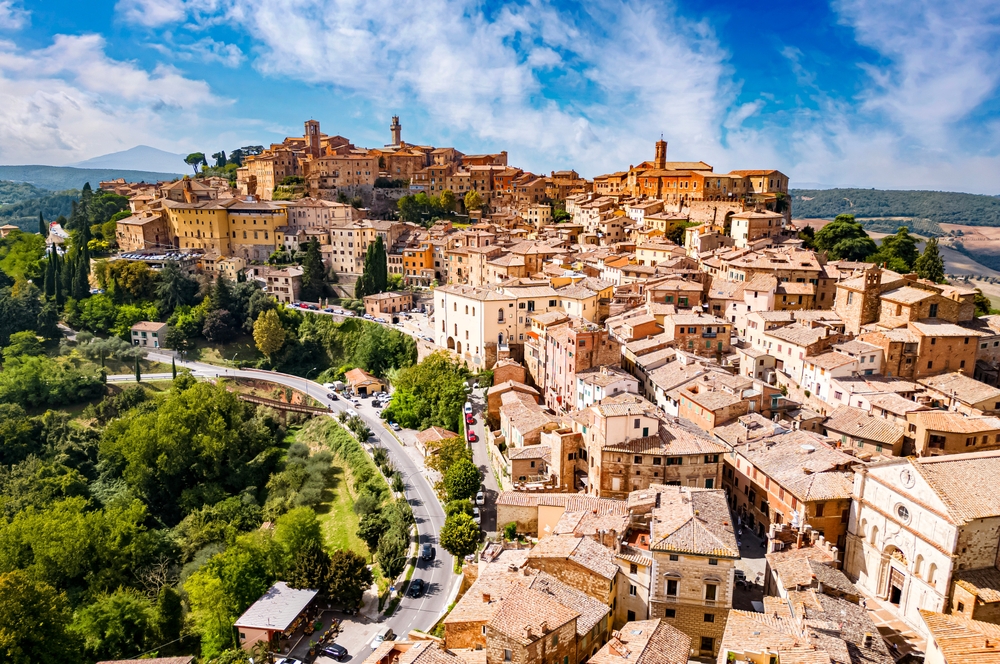
Siena – A Medieval Powerhouse in Tuscany
In the Middle Ages, Siena’s greatest rival was Florence. Their conflict, known as the Battle of Montaperti in 1260, ended with Siena’s surprising victory, securing its independence and marking the city as a military and political power. This rivalry spurred cultural growth, as Siena sought to outshine Florence in architecture, art, and civic beauty. The competitive spirit remains alive in the Palio horse race, where Siena’s districts (contrade) face off with the same fierce pride their ancestors once showed against Florence. Even as friendly tourism now connects the two cities, a hint of that old rivalry still lingers in conversations with locals.
Home to One of Italy’s Greatest Gothic Cathedrals
Siena’s Duomo, or Cathedral of Santa Maria Assunta, is one of Italy’s most striking Gothic churches. Built between the 12th and 14th centuries, it features an intricate façade, striped marble columns, and a floor inlaid with biblical scenes that took centuries to complete. Inside, masterpieces by Donatello, Michelangelo, and Bernini reveal the city’s wealth and devotion to art. Many visitors are stunned by the Piccolomini Library, its frescoes exploding with Renaissance color and detail. The cathedral remains a living part of Siena’s identity, drawing visitors from across the globe while serving as a place of worship and cultural pride for Sienese people.
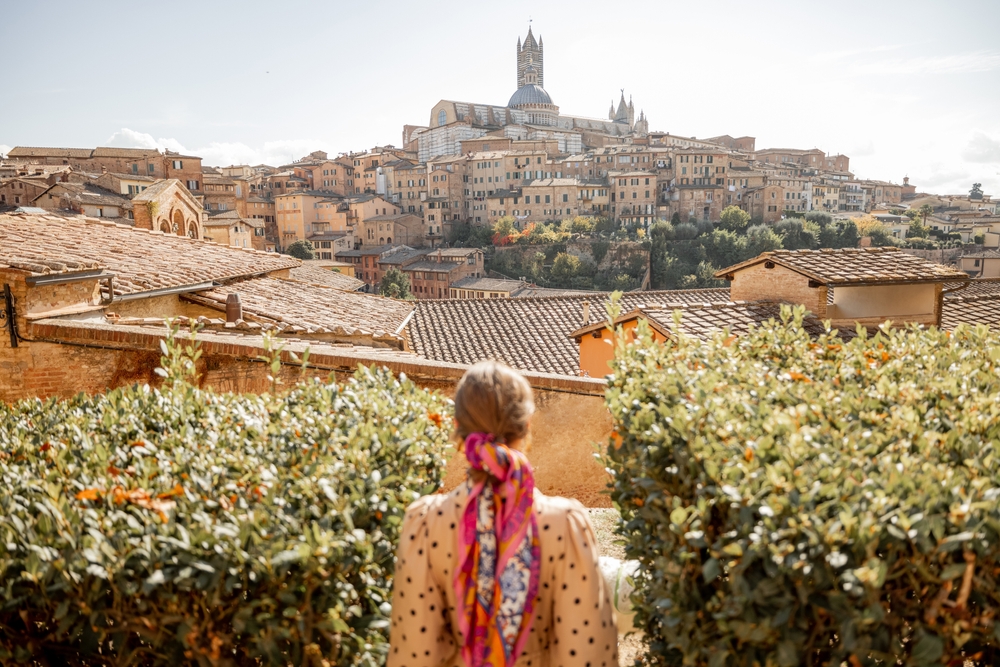
The Medieval Banking Legacy
Siena was once home to the Banca Monte dei Paschi di Siena, founded in 1472 and often cited as the world’s oldest surviving bank. In the Renaissance, the city’s strong banking system funded grand buildings, civic projects, and artistic commissions, helping Siena flourish economically and culturally. This financial power allowed Siena to maintain its independence longer than many neighboring cities. Today, Monte dei Paschi’s historic headquarters is an architectural gem you can still see in Piazza Salimbeni, connecting modern Siena to its economic golden age.
The Palio: More Than Just a Horse Race
Held twice each summer, the Palio di Siena is a tradition that dates back to at least the 17th century, though its roots are older. Ten riders, representing different contrade, race bareback around the Piazza del Campo in a breathtaking display of skill, pageantry, and local pride. For the Sienese, the Palio isn’t just entertainment — it’s a symbol of unity, rivalry, and heritage rolled into one. The city bursts into color with flags, parades, and centuries-old rituals leading up to the race. Visitors who experience it often describe it as stepping back into the Middle Ages, where the passion of Siena’s people takes center stage.
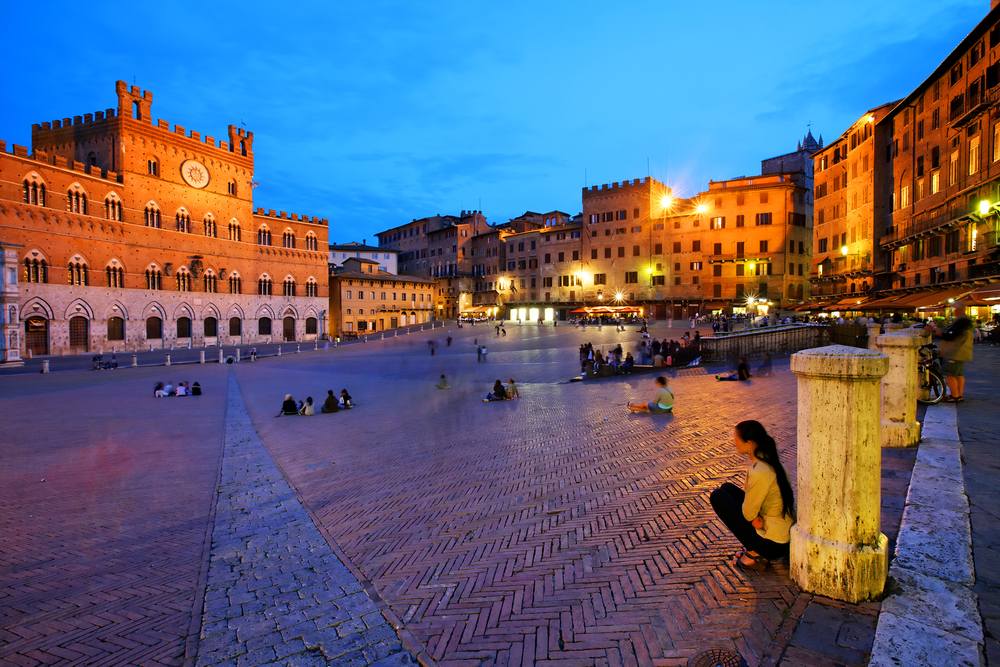
Walking Through Siena Today
Nowadays, modern visitors to Siena can still experience these legacies firsthand. The city’s medieval core is a UNESCO World Heritage Site, its art treasures remain in situ, and traditions like the Palio continue to shape local life. Cafés, wine bars, and artisan shops now sit alongside centuries-old churches, making Siena a rare blend of living history and vibrant daily culture.
Step into the story with the Discover Siena with its Cathedral guided tour by Walks in Europe. Enjoy skip-the-line access to the Duomo, explore its treasures with an expert local guide, and upgrade your visit with the OPA SI Pass for entry to the Piccolomini Library, Opera Museum, Crypt, Baptistery, and panoramic viewpoints. Book your journey today and uncover the beauty, artistry, and legacy that make Siena truly timeless.

